Tuesday, 23 April 2024
Menu
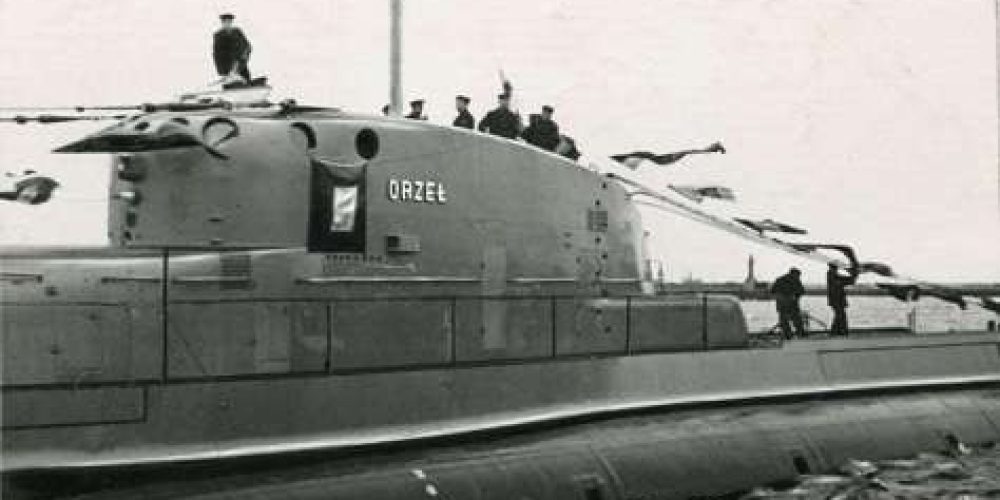
Many people interested in the history of the most famous Polish wreck and, at the same time, one of the biggest (Polish) mysteries of the Second World War are not aware that the time left to search for the “Eagle” is getting shorter. Its passage works to the disadvantage of the wreck and reduces the chances of finding the Eagle in the shape we know from the photos. On the other hand, the development of search equipment and techniques, and the intensification of industrial activities in the North Sea, such as the construction of wind farms and the exploitation of oil and gas deposits, increases the chances of finding it.
The wreck of ORP “Orzeł” lies somewhere in the North Sea. We do not know the position of its sinking, but we know the hydrological, hydrographical and navigational conditions prevailing in this area. The North Sea is a shallow tidal sea with relatively high salinity (up to 35 per mille). Unfortunately, the presence of tides and significant salinity has a definite detrimental effect on the wreck.
Strong tides create sea currents with variable directions and relatively high speed, which in turn contribute to large changes in bottom morphology. Bottom currents in the area of the wreck cause the movement of large sand masses, which results in the formation of depressions and underwater dunes in the immediate vicinity of the hull. This significantly accelerates the process of destruction of the wreck. How does it work?
I will try to explain this with two examples. The following figures show how bottom currents can become the cause of destruction of a wreck. The material comes from my report for the Maritime Institute in Gdansk concerning the research of one of the wrecks in the Polish economic zone. In the second part I will give an example of the action of sea water on steel wrecks on the example of the ship “Margarete”.
Destructive effect of sea currents on wrecks
“The reason for the destruction of the wrecks is their long-lasting lying on the bottom in the area of occurrence of strong sea bottom currents causing very strong movement of debris, i.e. movement of large amounts of, among others, sand and fine gravel, formation of deep washings in the area of the hull and then natural destruction of the structure by its breaking and filling up. The process of natural destruction of wrecks on the seabed is shown in the attached Figures 1 and 2:

Fig. 1 Example of destruction of a wreck on a level keel by strong currents washing over the hull:
(a) ground scouring in the area of the bow or stern shifts the position of the wreck,
(b) simultaneous scouring of the ground in the fore and aft region leads to the breaking of the hull.
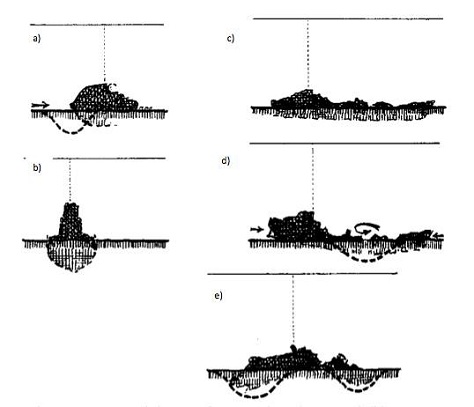
Fig. 2 Successive stages of destruction of the wreck lying on the side by strong currents washing over the hull:
(a) the wreck lying on its side is washed away
(b) the depression created automatically returns the wreck to the upright position
(c) the wreck sinks to the bottom
(d) scouring of the bow section results in stresses which lead to fracture of the hull
(e) further waterlogging of the stern section results in stresses leading to further hull fracture and complete disintegration.”
As you can see from the examples given, bottom currents alone can turn any wreck into a debris of steel elements in less time than we think. There are known cases of “breaking” a wreck within only 5-10 years, and the “Orzeł” has been lying on the bottom for 73 years. The only hope is that the hull was designed to withstand great loads.
Destructive effect of salt water on steel wrecks
Unfortunately, there is another enemy of shipwrecks, which systematically, incessantly does irreversible damage – CORROSION. Eagle’s hull was made of steel. Its long-lasting contact with salty sea water leads to deep corrosion, which unstoppable always results in complete decomposition of the hull. The formation of corrosion foci in the natural environment is a complex process in which specific biological and physical factors play an important role. Corrosion is one of the main causes of damage to e.g. ship hulls, offshore platforms, underground pipelines, hydro-technical installations. High salinity significantly contributes to the speed with which corrosion “eats away” at the hull of a wreck.
Below there is an example of a wreck, which lies very close to the Łeba stream and is a good exemplification of this phenomenon. The German ship “Margarete” was sunk in 1914 by a British submarine. The crew abandoned the deck and found shelter on the shore. The ship has been lying on its side for 99 years, at a relatively shallow depth. There are weak bottom currents in the area, so it has not been damaged in the way I have indicated above. Its degradation is mainly due to corrosion. Until 10 years ago, the hull looked “almost” complete. During that time, it has changed a lot – in May this year, it looked completely different.

Measurements made with a multibeam probe by the Maritime Institute in Gdańsk – author Jacek Koszałka
The entire starboard side of the wreck has collapsed due to corrosion. Previously invisible pieces of equipment – such as the boiler and the steam engine – can now be seen, as the side collapsed under its own weight and broke into such small fragments that the interior of the wreck was exposed. More massive elements or elements made of materials other than steel, which do not corrode so easily, were discovered. Below are two other images of the same wreck.
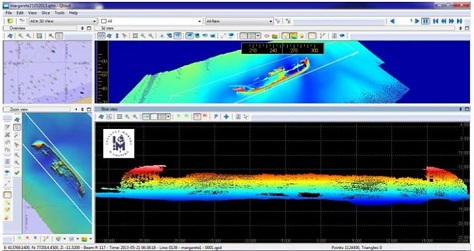
View of starboard side which collapsed. Visible holes are not measurement errors but big corrosion centres (measurements made with multibeam probe by Maritime Institute in Gdansk – author Jacek Koszalka).
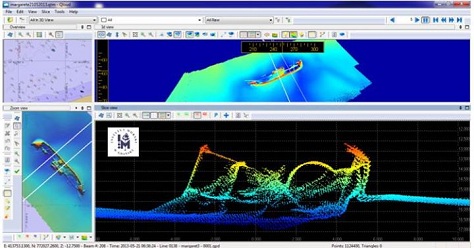
Cross-section – visible boiler and a fragment of a decaying superstructure (measurements made with a multibeam probe by the Maritime Institute in Gdańsk – author Jacek Koszałka).
Conclusions:
We do not have much time left to find the wreck of ORP “Orzeł” in a condition which would enable us to identify it simply, precisely and unambiguously with the help of technical devices.
It is possible that in 10 years’ time the identity of the wreck will only be determined after detailed archaeological investigations, based on some pieces of equipment made of copper, brass or other non-corrosive material found in a large pile of remains. It will be too late for hydrographers to identify and recognise the wreck by the characteristic features of its construction – it will most probably cease to exist.
There are thousands of wrecks on the bottom of the North Sea, including hundreds of known steel construction wrecks, which are also disintegrating. If it is not possible to simply identify the wreck of the Eagle by its structural features – it can be assumed that it will never be explored again. Unless by accident. The reason is that such research is enormously expensive, and searching all known remains of hundreds of steel wrecks on the bottom is simply not feasible in terms of time and money.
Based on the assessment of the technical condition of the shipwreck examined by ORP “Lech”, it can be concluded that there is still time for further exploration of the “Eagle”. The underwater photos taken with the camera of a remotely operated vehicle (ORP “Czajka” – May 2013) indicate, however, far advanced corrosion of the light hull of the examined wreck. This hull contains the most information about characteristic structural elements which facilitate the identification of the vessel: the image obtained from the cameras can be easily compared with the preserved photos and plans from the time of the vessel’s construction. The hull of ORP “Orzeł” may be in a similar condition at present – however, with every year the degradation of the wreck will inevitably progress and its identification will become much more difficult. Today is not too late.

General plan of “Orł” (source: Jerzy Pertek “History of ORP Orzeł”)




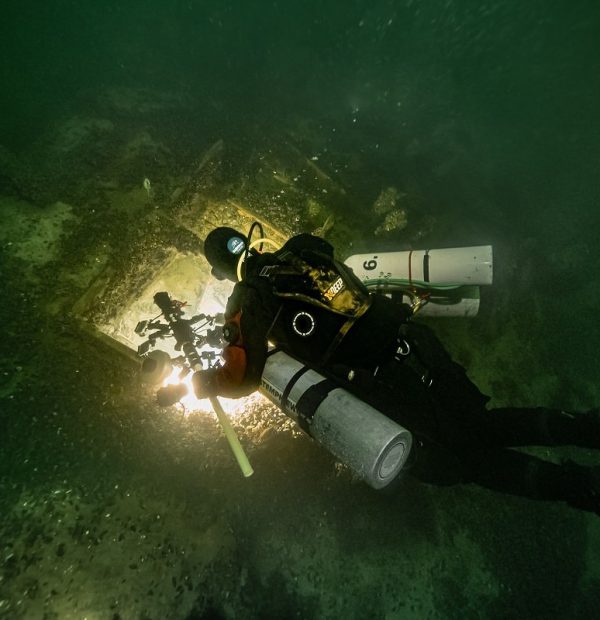
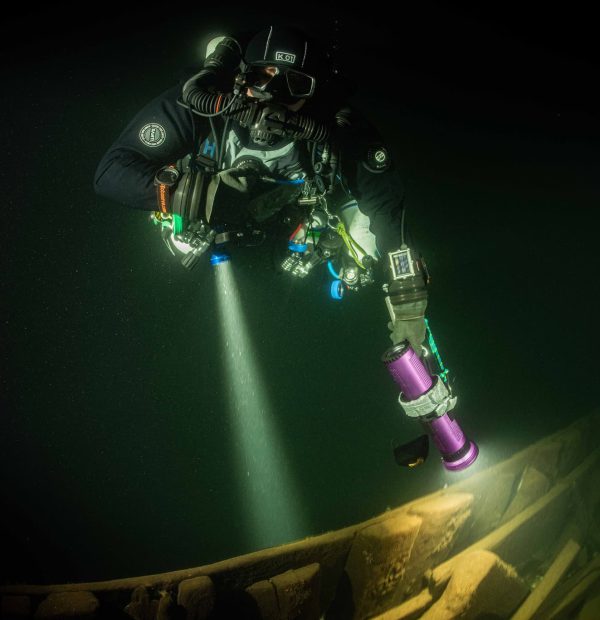
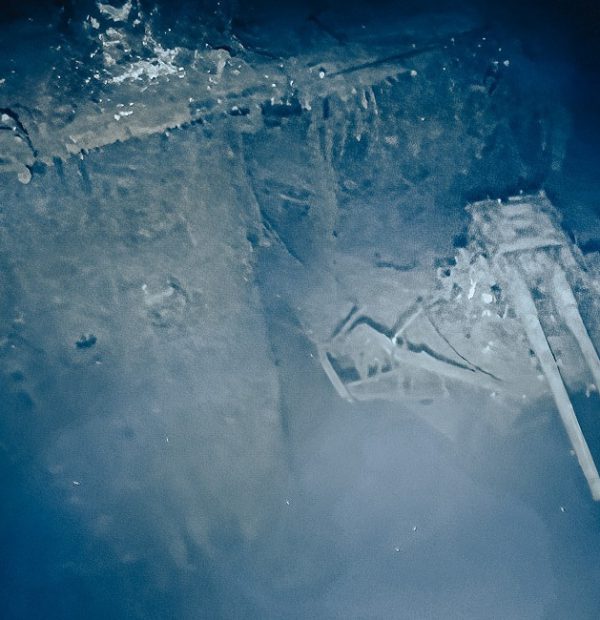



Welcome to DIVERS24.COM, your daily source of scuba news, freediving, scuba diving information, and equipment reviews. Our comprehensive coverage of the dive industry from A to Z provides you with all the latest scuba news, training updates, underwater photography tips, and everything else related to scuba diving. Whether you’re a beginner or an experienced diver looking for more knowledge about scuba gear or techniques – we’ve got it covered! With our in-depth articles written by experienced divers who have been there and done that, you are sure to find exactly what you need here at Divers24.com. Dive into scuba news today!
Underwater Media Sp. z o.o.
Szafarnia 11/F8,
80-755 Gdansk, Poland
Welcome to DIVERS24.COM, your daily source of scuba news, freediving, and scuba diving information. Sign in for a weekly news update and discount coupons for dive gear and apparel.
@2023 - underwatermedia.pl. All Right Reserved. Designed and Developed by Tworzenie stron internetowych Gdansk

The Divers24 portal is currently the largest online medium treating diving in Poland. Since 2010 we have been providing interesting and important information from Poland and around the world on all forms of diving and related activities.
Contact us: info@divers24.com